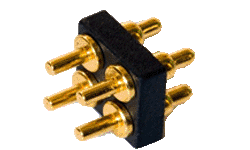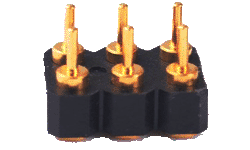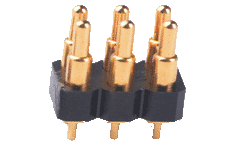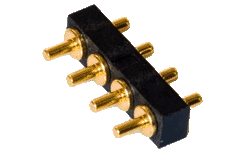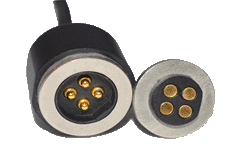
Sale E-mail: [email protected] (Tel: +86-13652508770)
Pogo PIN Professional manufacturer for PCBA and all kinds of electronic products,If you have needs, can be selected from the product catalogue below,There will always be a item for you to use.Maybe our price is not the cheapest, but our quality is the best.Because we are gold plated Pogo PIN !!!For your product better conductive, please choose us!!!!!
Pogo Pin Supplier
Our company has various types of Pogo Pins,Such as: SMT,DIP,Soldering style,There are many different size for your choice,After QC to inspection,Each of our products are qualified later to shipment,And have strict conductive detection,As well as the lifetimes test!!!Sale E-mail: [email protected] (Tel: +86-13652508770)
China Pogo pin factory
Cnomax Electronics co.,Ltd. is a specialized manufacturer of various Precision Part,Main research and development,production,sales: PogoPin,Spring-Loaded Pogo Pin,Pogo pin connectors,Connectors PIN etc.customer base has: Apple, Sony, HTC, VOLVO, 360, Vtech, Lediso, Philips, Demant, Oticon, ITT, Wermia AB Etc.Sale E-mail: [email protected] (Tel: +86-13652508770)
Spring loaded pin manufacturer
Our company has various types of POGO pins,We are Spring loaded pin manufacturer,We have our own spring production equipment and CNC lathe,Can quickly corresponding to various requirements. Sale E-mail: [email protected] (Tel: +86-13652508770)
Pogo pin connector manufacturer
Our company is Pogo pin connector manufacturer,With many years of production experience,Specializing in the production of gilded Pogo PIN,Have high quality requirements. Sale E-mail: [email protected] (Tel: +86-13652508770)

